Eastern State Penitentiary: The Historic Prison That Held America’s Most Notorious Criminals
The Eastern Penitentiary (or ESP) was once the world’s most famous and expensive prison. The vaulted sky-lit cells and guard tower...
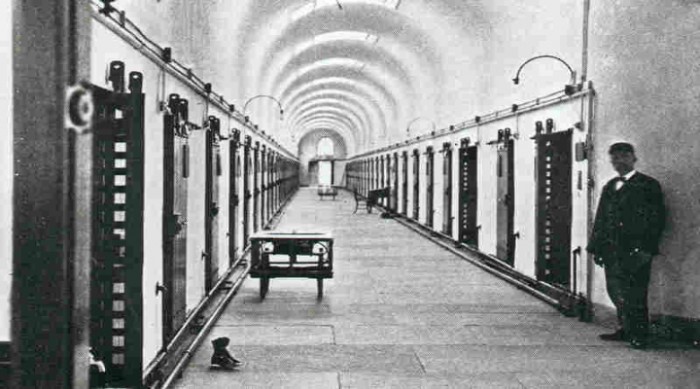
The Eastern Penitentiary (or ESP) was once the world’s most famous and expensive prison. The vaulted sky-lit cells and guard towers of this former American prison fell into ruins today. Situated at 2027 Fairmount Avenue in Philadelphia, it remained operational from 1829 until 1971.
This gothic-styled, 11-acre building was the largest and most high-priced public structure ever constructed and housed 75,000 male and female prisoners throughout its operations. It is currently a U.S. National Historic Landmark and is open to the public as a museum for tours round the year from 10 AM to 5 PM.
This Revolutionary Prison Believed in “Reform, Don’t Punish” Ideology
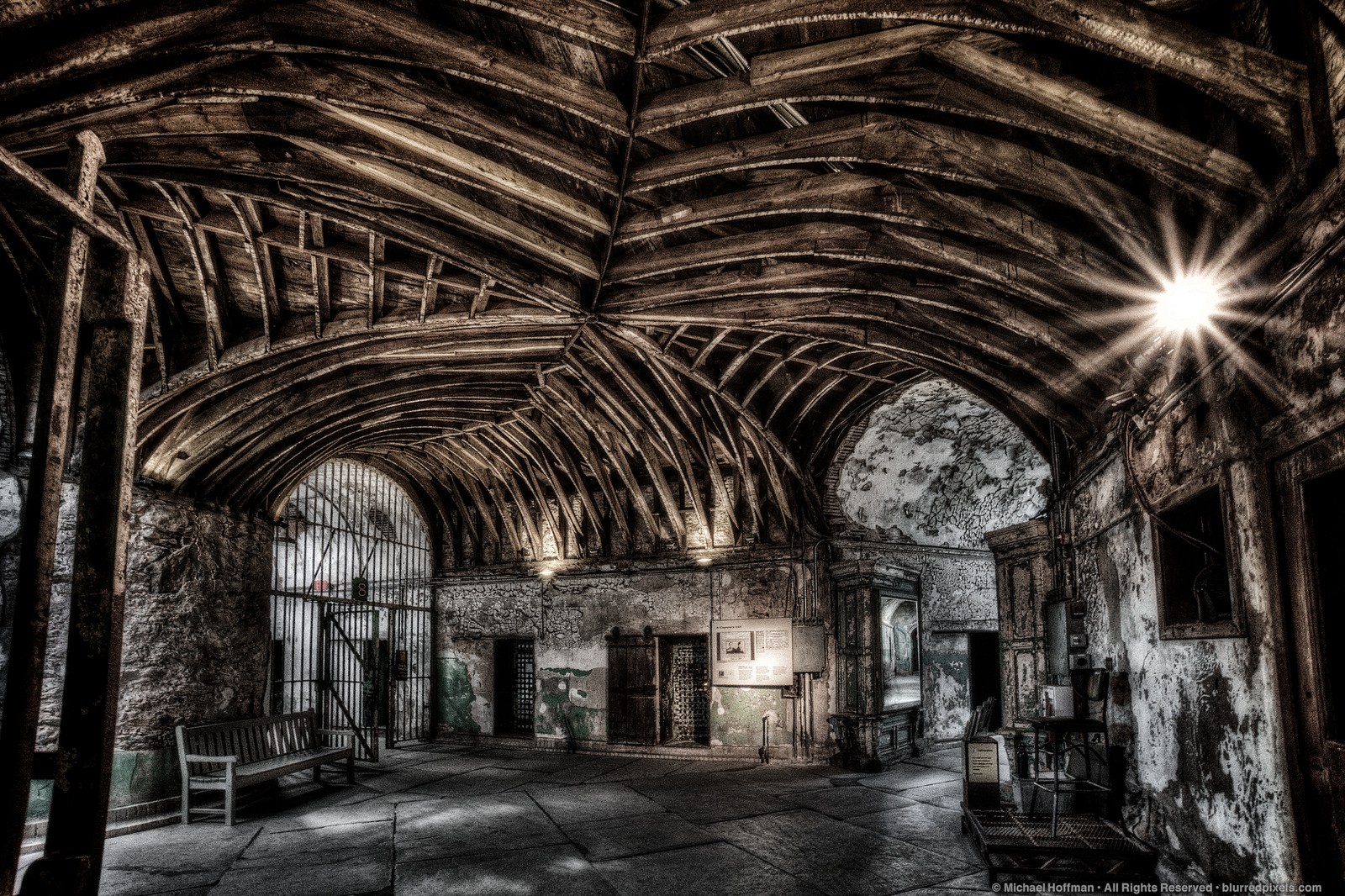
As the world’s first true ‘penitentiary’, it aimed to inspire penitence and spiritual change in the hearts of prisoners. America’s most notorious criminals including Scarface Al Capone and bank robber Slick Willie Sutton were incarcerated inside the innovative wagon wheel design.
James Bruno “Big Joe” and his many male relatives were held here between 1936-1948 for the alleged murders in the Kelayres Massacre of 1934 before they were pardoned.
Solitary Refinement System: From the Dawn to the Dusk
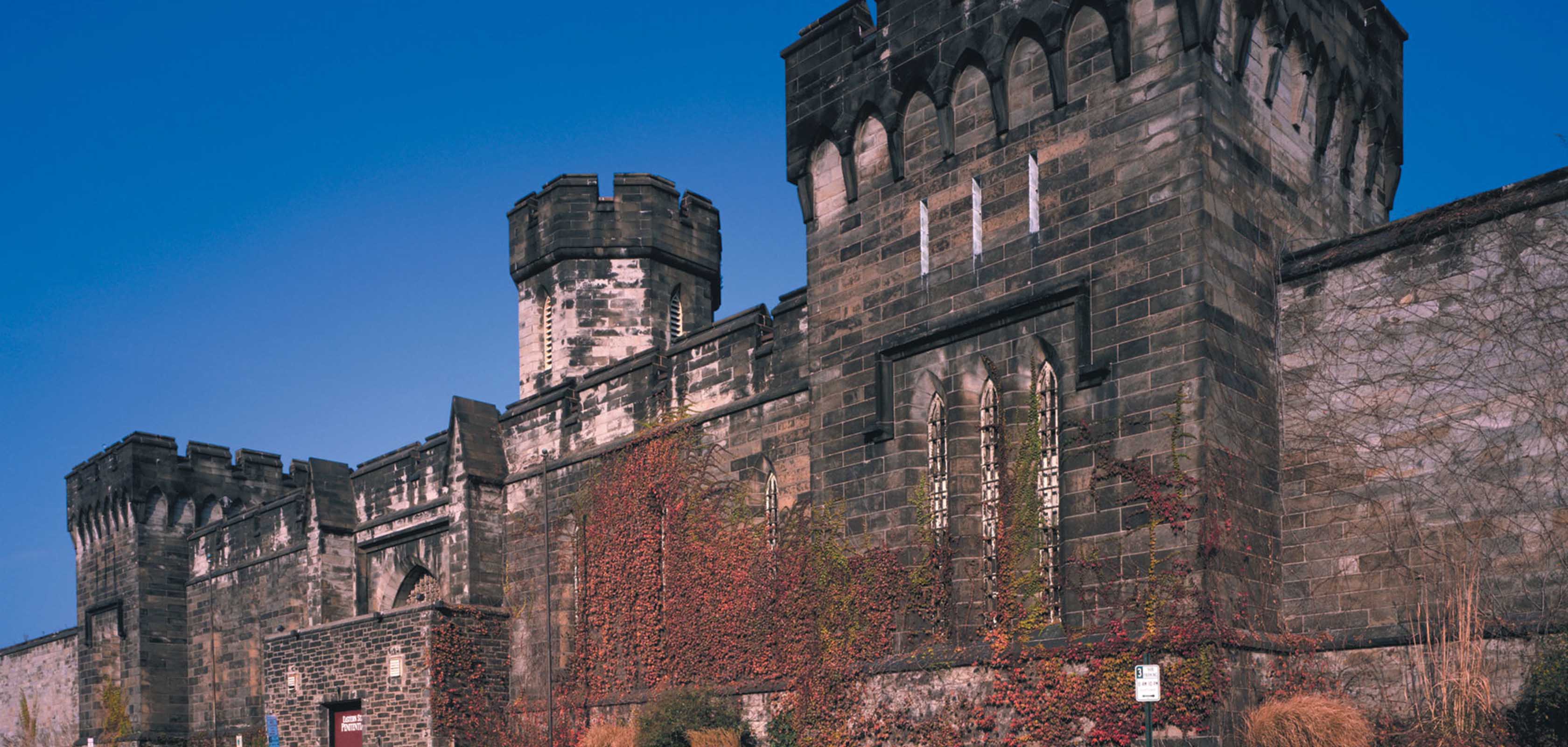
Opened in 1829, the notable architect John Haviland designed this Eastern State Penitentiary. As a form of rehabilitation, its revolutionary system of confinement was called the "Pennsylvania system" or a separate system. Separate confinement was encouraged wherein the warden was legally required to visit each prisoner every day and the supervisors were asked to see each prisoner thrice a day.
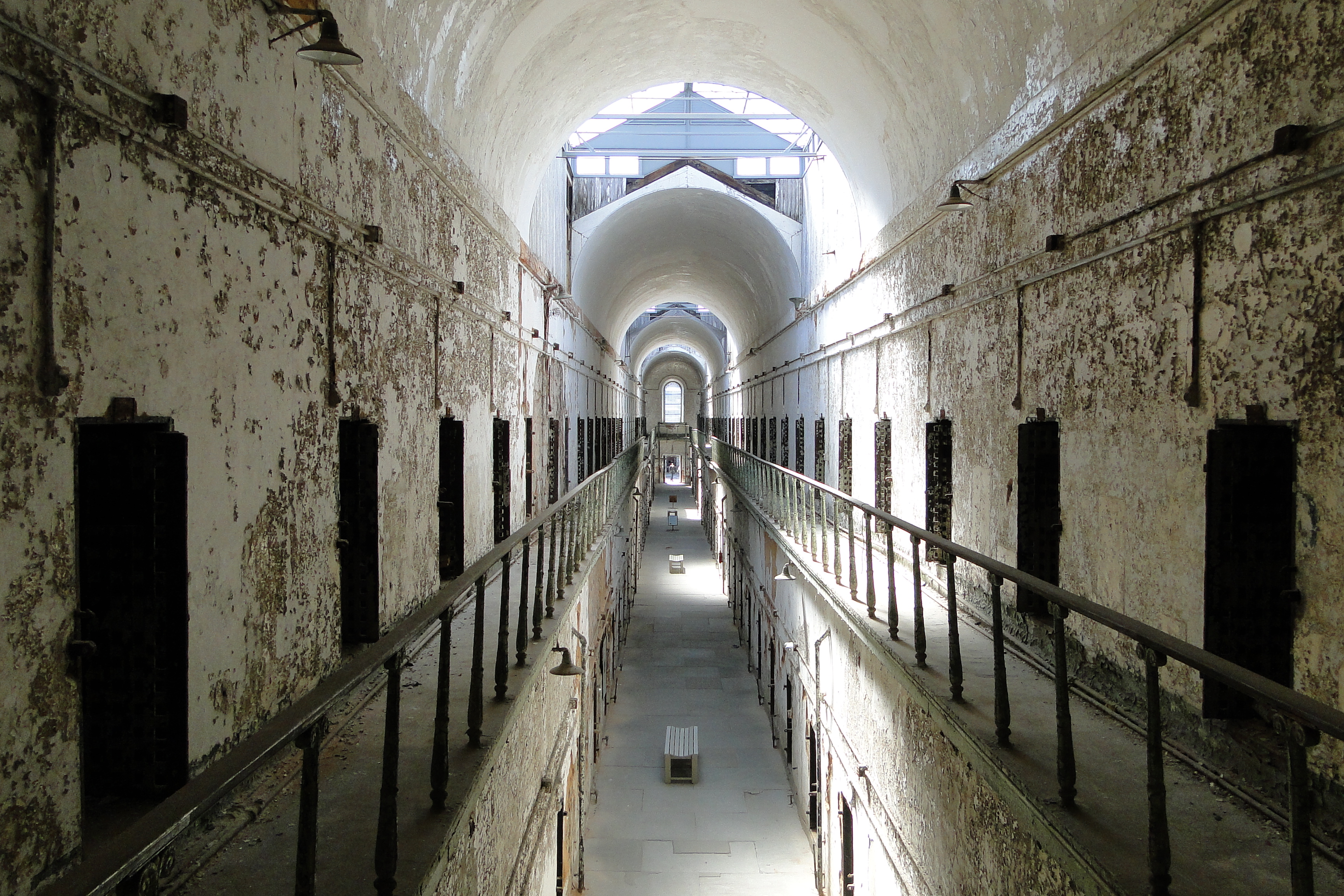
Initially, the prisoners were enclosed in cells through which access could only be gained by crossing a small exercise yard attached to the back of the prison. And since the design turned out to be impractical, the cells allowing prisoners to enter and leave the cell blocks through metal doors (that were covered by a heavy wooden door) were constructed.
Due to overcrowding problems, the solitary confinement system eventually fell apart. By 1913, the Eastern State Penitentiary officially renounced the solitary refinement system and thus operated as a congregate prison until its closure in 1970.
Terror Behind the Walls
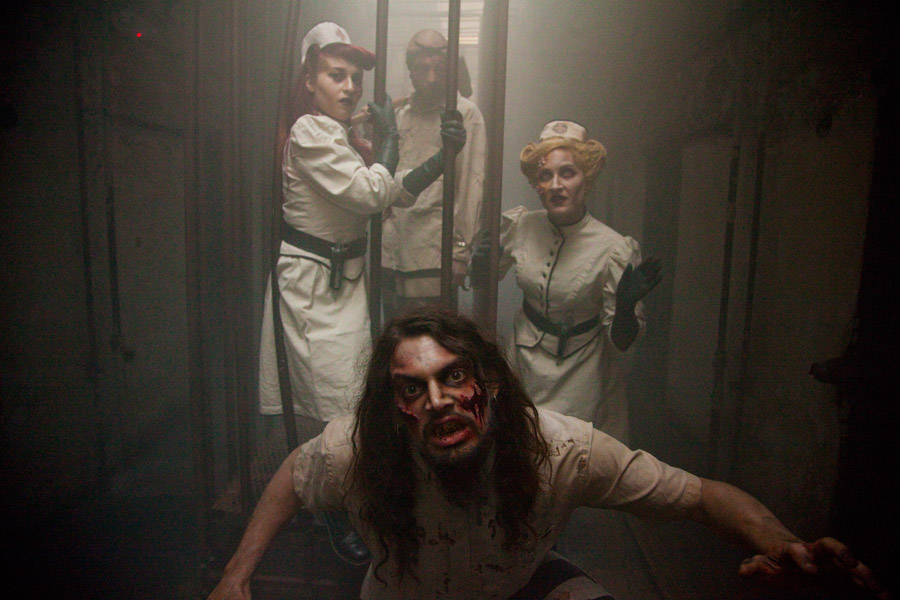
An annual Haunted House Halloween event “Terror Behind The Walls” is carried out by the Eastern State Penitentiary Historic Site, Inc. On the Halloween weekend in 1991, the first Halloween fundraiser happened. In the early stage, various forms of events were performed including short theatrical performances and true stories of prison murder and violence. In 1995, the event became a high startle, low gore walkthrough haunted attraction.
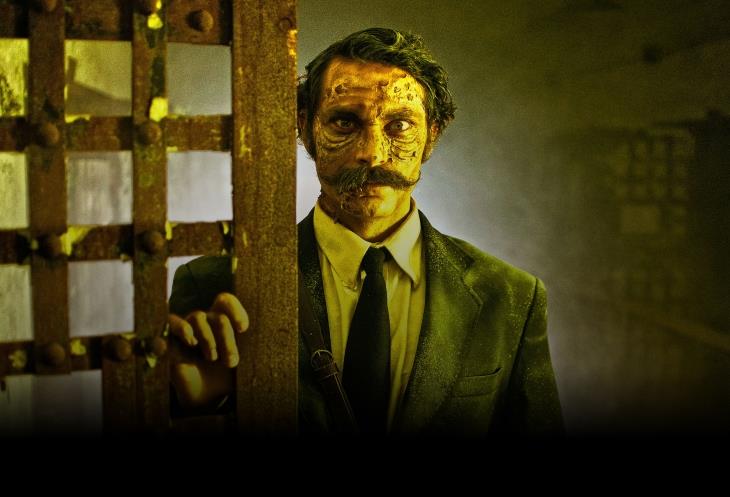
In 2001, the event was split up into three smaller haunted attractions including a 3D haunted house. In 2003, four semi-permanent haunted attractions were built inside the penitentiary complex.
In 2014, the event comprised of six attractions Detritus, Lock Down, The Experiment, The Machine Shop, Infirmary, and Night Watch. Apart from Lock Down, The Machine Shop, Detritus, and Infirmary, there were ‘Break out’ and ‘Quarantine 4-D’ in the 2016 event.
Art Exhibits at Penitentiary Turned Museum & Historic Landmark
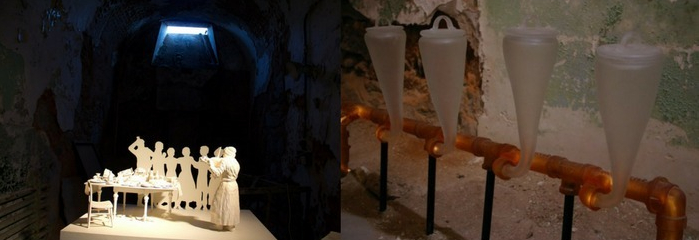
The former penitentiary now functions as a museum and historic site around the year. Ghost Cats, The End of the Tunnel, Recollection Tableaux, My Glass House, GTMO, Midway of Another Day, Juxtaposition, Living Space, and Purge Incomplete are some of the art installations.
Popular Posts
10 Amazing Cities Built Near or Through Rivers
Rivers have been crucial to human settlements, commercialization, and building cities. This opens opportunities for trading goods and establishing international connections.
Kimberly Campbell
20 Most Futuristic Cities In The World
What do you think about the future? Does it bring thrill in you or terrifies you? What’s your take on high speed trains, miles...
Swati Bhandari
Mystery Of Baigong Pipes - 1,50,000 Old Construction Reveals The Ancient Technology
Baigong pipes are a series of ancient pipes found in and near Mount Baigong located about 40-45 km southwest of the city of Deli...
Kevin Green








